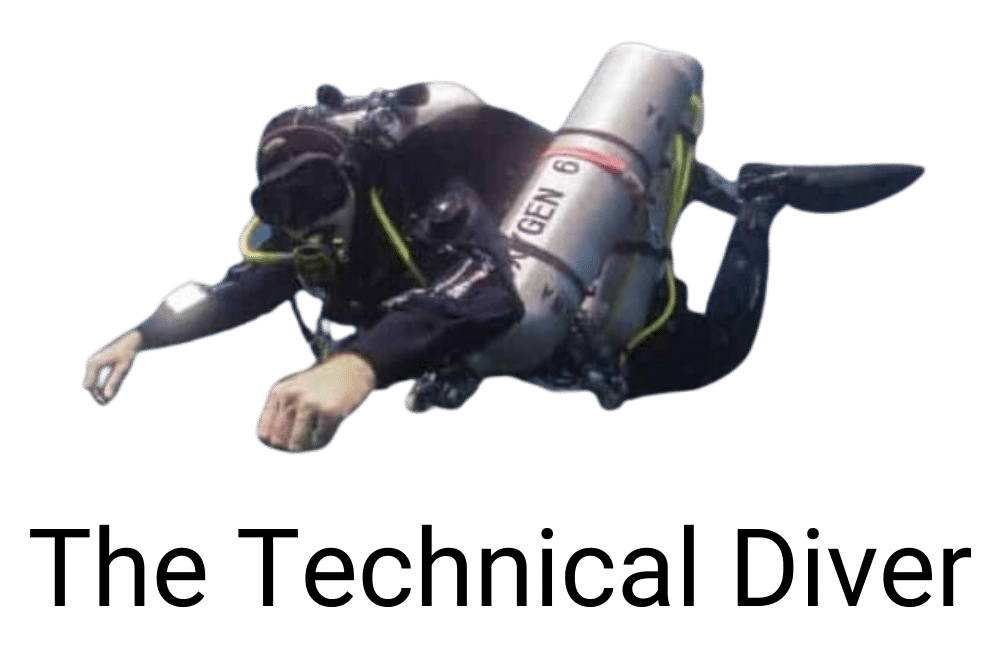Rebreather training
Rebreather training
Understanding Rebreather Training
Choosing to begin rebreather training requires careful thought. It is a major investment of both time and money. You must understand the advantages and disadvantages before deciding whether it is right for you. An informed decision depends on being aware of what rebreathers can offer and what risks they involve.
Rebreathers are complex systems, and more things can go wrong with them compared to open-circuit scuba equipment. When something does go wrong, the consequences can be serious, even fatal. However, it is rare for a rebreather failure to cause an incident. Modern rebreathers have improved dramatically in both design and reliability over the last decade. Most incidents are caused by human error rather than by equipment malfunction. You can see recent diving incident reports here.
Human Error in Rebreather Diving
In rebreather training, divers learn that they are part of the breathing system itself. Poor maintenance, ignoring warning signs, or misinterpreting the unit’s signals can all lead to hazardous situations. Human error remains the most common cause of rebreather accidents.
Typical mistakes include failing to replace oxygen cells within the manufacturer’s recommended intervals or neglecting routine servicing. Some divers have entered the water with the oxygen cylinder turned off or forgotten to install the CO₂ scrubber. Each of these errors has resulted in fatalities. The most important electronics in a closed-circuit rebreather (CCR) dive are your own brain- never switch it off.
The Role of the Diver
During rebreather training, you will learn constant awareness. You must monitor what the unit tells you before, during, and after every dive. This means checking oxygen levels, calibrating sensors, and ensuring the scrubber is installed correctly. Checklists are essential and must be followed with care. Interacting properly with a checklist helps ensure that no step is skipped.
You Determine the Safety of a Rebreather
The goal here is not to discourage you from rebreather diving. Instead, it is to make clear that the diver determines the level of safety. The single most important factor in diving safely on a rebreather is you. Understanding the system’s complexity and potential risk is vital before you start rebreather training. Ask yourself two key questions: Is a rebreather right for me? And am I the right person for rebreather diving?
If you are impatient, prone to shortcuts, or easily distracted, rebreather diving may not be suitable. However, if you are methodical, cautious, and value thorough preparation, it may be perfect for you. Rebreather diving rewards patience, discipline, and attention to detail.
The Rewards of Rebreather Diving
Completing rebreather training can be deeply rewarding. As you progress, you learn not only about technology but also about yourself. The learning curve can be steep. Sometimes you will feel confident, and at other times, you may feel like a beginner again. That sense of challenge is part of what makes rebreather diving so engaging.
The satisfaction of mastering complex tasks safely in an environment that demands your full attention is unmatched. Along with personal growth, you gain practical benefits: lower trimix costs, silent diving with no bubbles, and shorter decompression times on deeper dives.
Header image photo credit: Adrienne Gittus, Soulwater Productions
